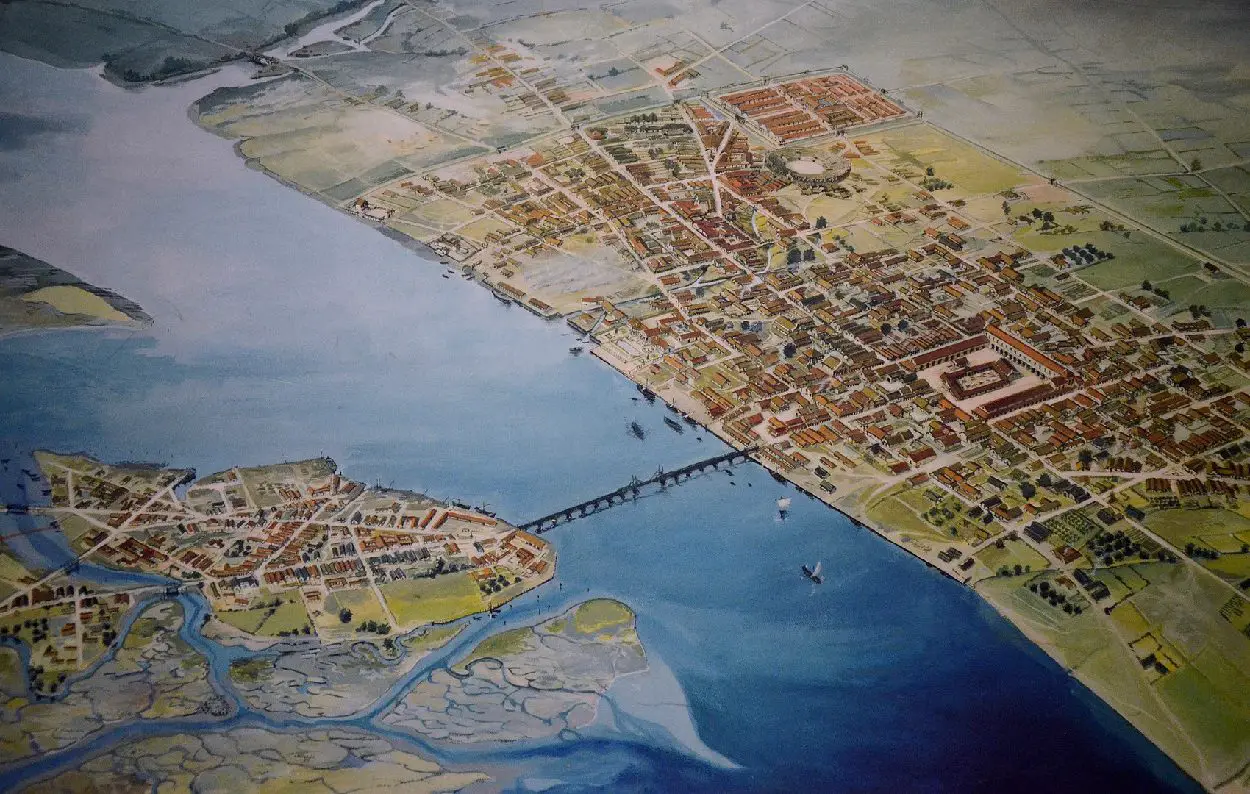Archaeologists from the Museum of London Archaeology (MOLA) have discovered traces of London’s first Roman basilica, dating back nearly 2,000-years.
London, known as Londinium during the Roman period, was founded in AD 43 as a planned commercial port or civilian enterprise in what is now the City of London, the central business district of Greater London.
Between AD 60 and 61, Queen Boudica of the Iceni led a formidable tribal alliance in a fierce revolt, devastating Londinium (London), Camulodunum (Colchester), and Verulamium (St Albans).
In the aftermath, Londinium was reconstructed as a planned settlement that followed the traditional Roman grid system. By the late 1st century AD, it had expanded into one of the largest cities in Roman Britannia, surpassing Camulodunum (Colchester) as the provincial capital.

Recent excavations at 85 Gracechurch Street, an office block set for demolition and redevelopment, have revealed traces of the London’s first Roman basilica and forum.
According to experts, the basilica was constructed around AD 80 and served as a public building for legal and administrative purposes, while the forum was a gathering place and centre for trade.
Archaeologists have discovered remnants of stone walls made from Kentish limestone, forming the foundation of the structure, which measures 40 by 20 by 12 metres.
The structure was only in use for around 20 years, where it was replaced by a much larger complex (one of the largest in the Roman Empire north of the Alps) during the 2nd century AD. Around this time, Londinium had reached its peak with around 45,000-60,000 inhabitants, covering an area of 330 acres north of the River Thames.
“This is so significant – this is the heart of Roman London,” said Sophie Jackson, from the Museum of London Archaeology (Mola), who revealed the new find exclusively to BBC News.
Header Image Credit : Tony Jolliffe – BBC News
Sources : BBC





